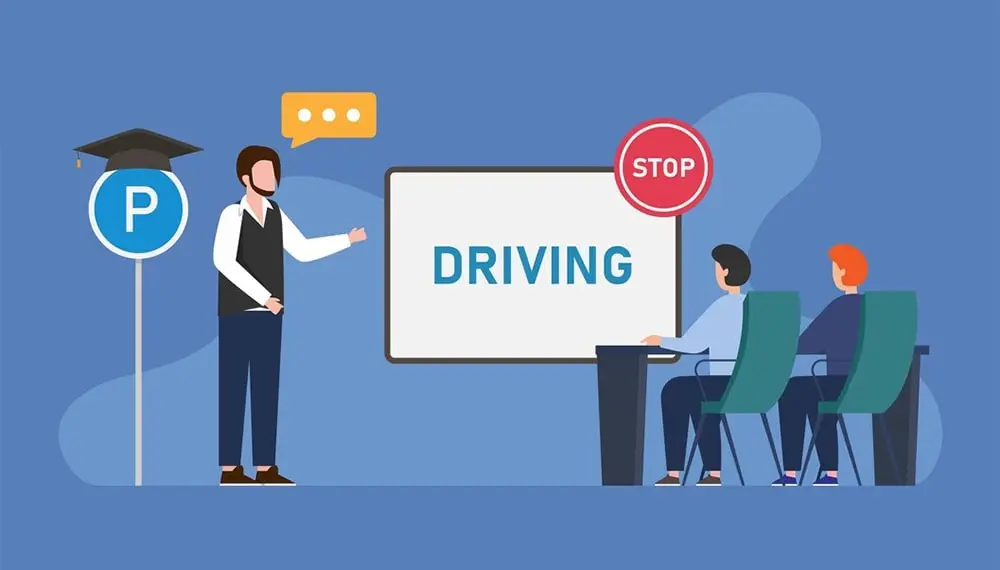10 Things to Know to Get Started with Virtual Classroom
Rohit Kumar
30 Sep, 2024

Virtual classrooms have emerged as a critical tool for companies aiming to maintain a competitive edge through continuous learning and development. Whether onboarding new employees, upskilling existing staff, or offering leadership training, the virtual classroom provides an efficient and scalable solution. However, launching a successful virtual classroom initiative requires more than just adopting the right technology—it demands a strategic approach to ensure engagement, effectiveness, and alignment with your organization’s goals.
For HR professionals, learning and development leaders, and CHROs, understanding the nuances of virtual classrooms is essential. The transition from traditional to virtual learning environments can be challenging, but it can also be gratifying with the right strategies. Let’s discuss the ten key insights that will help you get started with virtual classrooms, enabling your organization to harness the full potential of this powerful learning modality.
Integrate Virtual Classrooms into a Blended Learning Strategy
Virtual classrooms are most effective when integrated into a broader blended learning strategy. This approach combines online and offline methods, leveraging both strengths to create a cohesive learning experience. Pre-learning activities, live virtual sessions and post-session follow-ups can be combined to reinforce learning and foster a sense of community among participants.
Thorough Planning is Key
Like any successful initiative, planning is crucial. Begin by defining clear learning objectives and structuring your sessions accordingly. Consider the flow of the session, the materials needed, and how you will engage participants. A well-thought-out plan ensures that each virtual session is focused, relevant, and productive.
Prepare and Familiarize Your Audience
Ensure your participants are well-prepared before the session. This includes technical preparations like downloading necessary software or plugins, testing audio and video equipment, and understanding the platform’s functionalities. Send out reminders and pre-session materials, and encourage participants to familiarize themselves with the content to maximize their engagement during the session.
Build Rapport and Engage from the Start
Start your session by introducing yourself and your background. Use visual aids, such as a photo or introductory video, to help participants connect with you. Building rapport is vital to creating a comfortable learning environment where participants feel valued and are more likely to engage actively.
Leverage Visuals and Interactive Tools
In a virtual setting, keeping the audience’s attention is paramount. Use visual aids and interactive tools like polls, quizzes, and breakout rooms to make your sessions more engaging. These tools keep participants involved and help reinforce learning objectives by making the sessions more dynamic and interactive.
Use a Co-Facilitator for Better Management
Managing a virtual classroom can be challenging, especially with larger groups. Having a co-facilitator can significantly enhance the learning experience. They can handle technical issues, moderate chat discussions, and manage interactive elements, allowing the primary facilitator to focus on delivering the content effectively.
Ensure Consistent Engagement
Continuous engagement is critical in a virtual classroom. Incorporate interactive elements at regular intervals to maintain attention and participation. Use hand-raising tools, live polls, and Q&A sessions to keep the learning environment lively and engaging.
Monitor and Evaluate Success
After each session, gather feedback through evaluation forms, online quizzes, or follow-up assignments. This not only helps assess the effectiveness of the session but also provides insights into areas for improvement for future sessions. Continuous evaluation ensures that your virtual classrooms evolve and improve over time.
Create a Structured Follow-Up Plan
The learning process doesn’t end with the virtual classroom session. Establish a follow-up plan that includes additional resources, assignments, or further reading to reinforce the knowledge gained during the session. A well-structured follow-up helps in solidifying the learning outcomes and encourages continuous learning.
Choose the Right Technology and Tools
Selecting the right tools is crucial for the success of your virtual classroom. Platforms like Zoom, Microsoft Teams, and Google Classroom offer a range of functionalities that can enhance the virtual learning experience. Additionally, investing in good quality audio-visual equipment and ensuring an internet connection are essential to avoid technical disruptions.
Conclusion
The effectiveness of your virtual classrooms can be a defining factor in your organization's ability to adapt and thrive. However, implementing a successful virtual learning environment is nuanced and complex. This is where Core Competency steps in. Our expertise is rooted in a deep understanding of virtual classrooms' challenges and opportunities. We offer more than just software solutions—we provide a strategic partnership that empowers your HR professionals and learning and development teams to craft highly effective virtual learning experiences tailored to your organization's unique needs.
We understand that every organization is different. Our solutions are designed to be flexible, scalable, and aligned with your business objectives. Whether you're looking to enhance employee onboarding, upskill your workforce, or drive leadership development, our tools are built to support your goals at every stage. Our platform integrates seamlessly with your existing systems, offering robust analytics, user-friendly interfaces, and customizable features that make it easier to manage and measure the success of your virtual classrooms.
Our team of experts is committed to ensuring that your transition to virtual learning is smooth and impactful. We provide continuous support, training, and resources to help you stay ahead in the rapidly evolving corporate training world. With Core Competency, you're not just adopting a technology—you're investing in a comprehensive solution that delivers accurate, measurable results for your organization. Let us help you improve your virtual classrooms and transform how your organization learns and grows.




